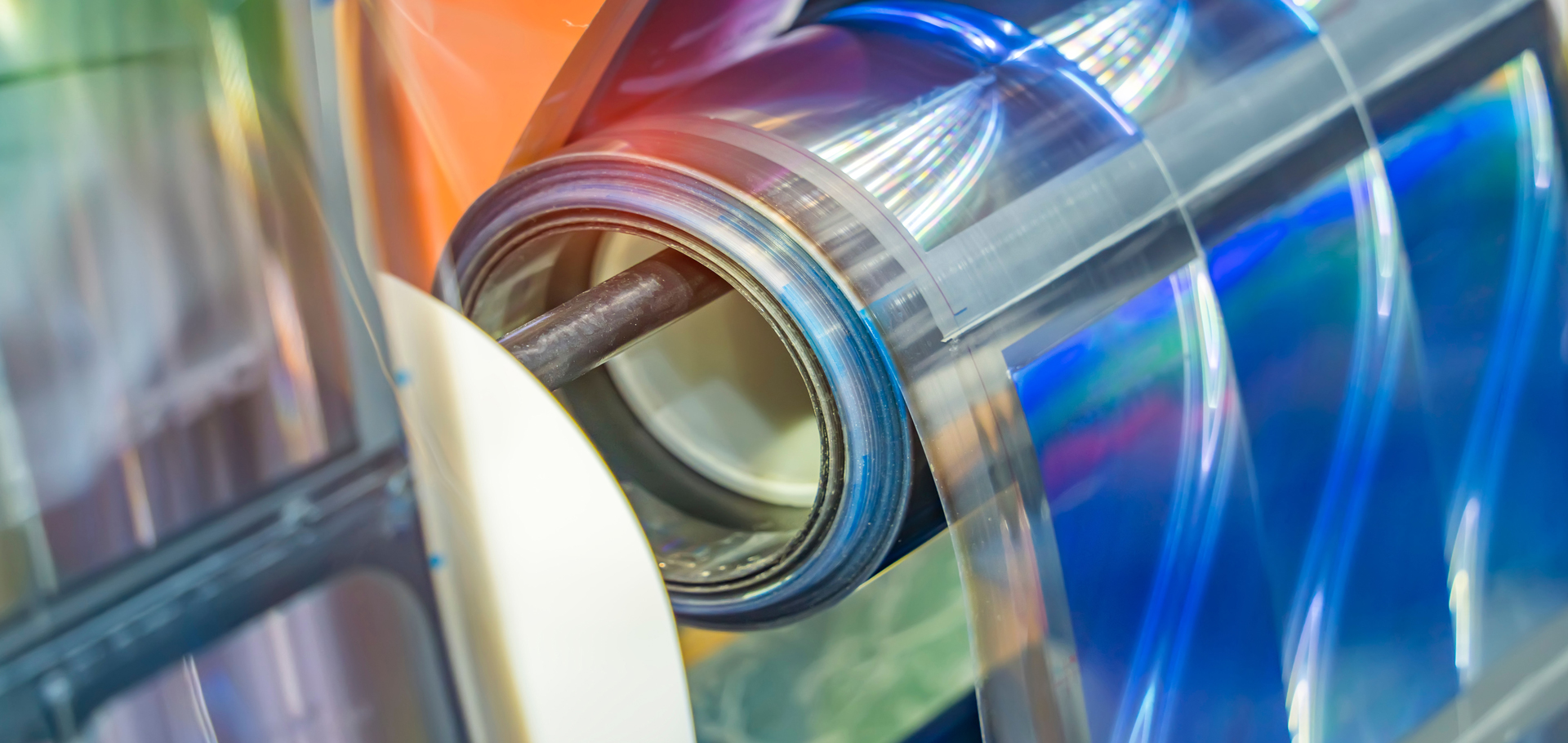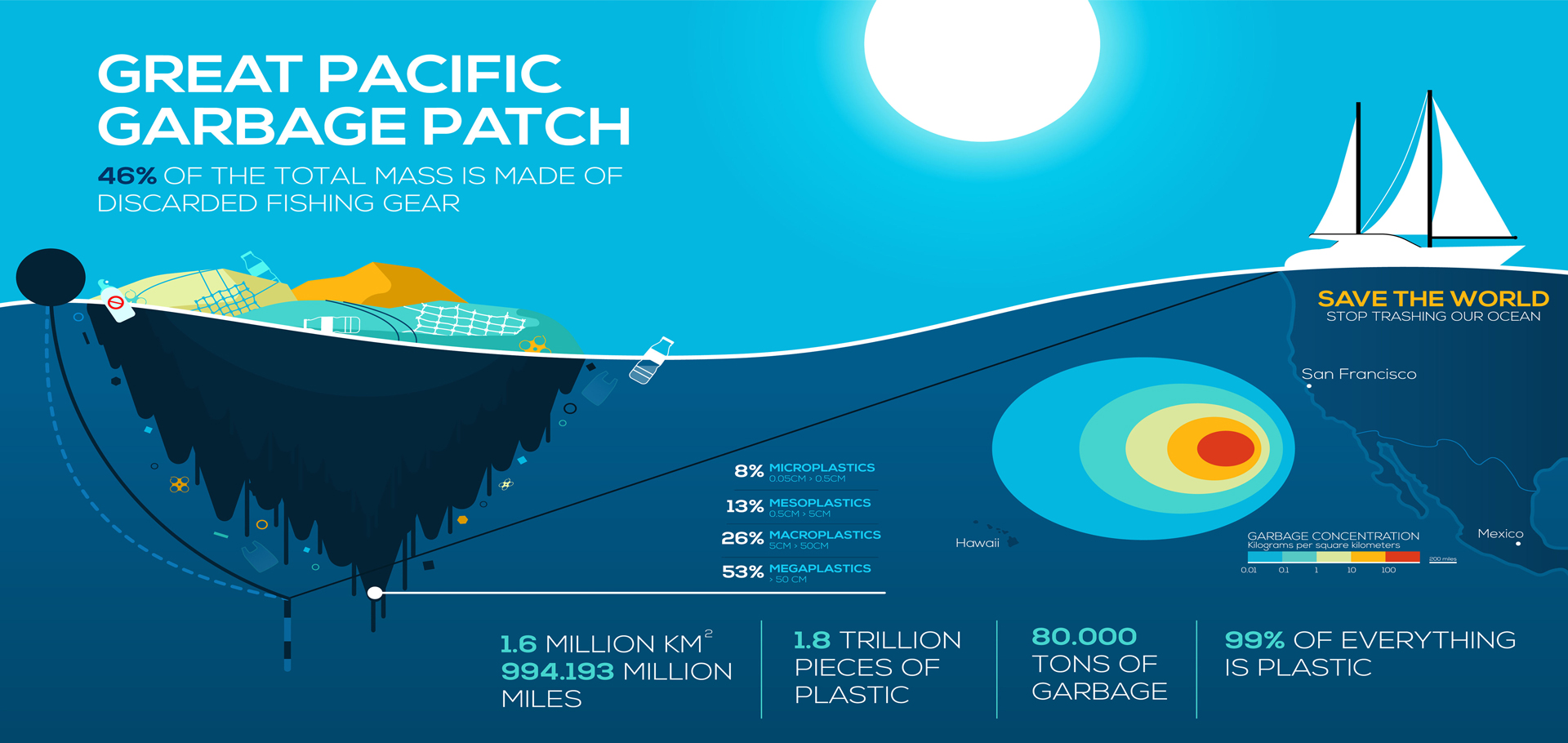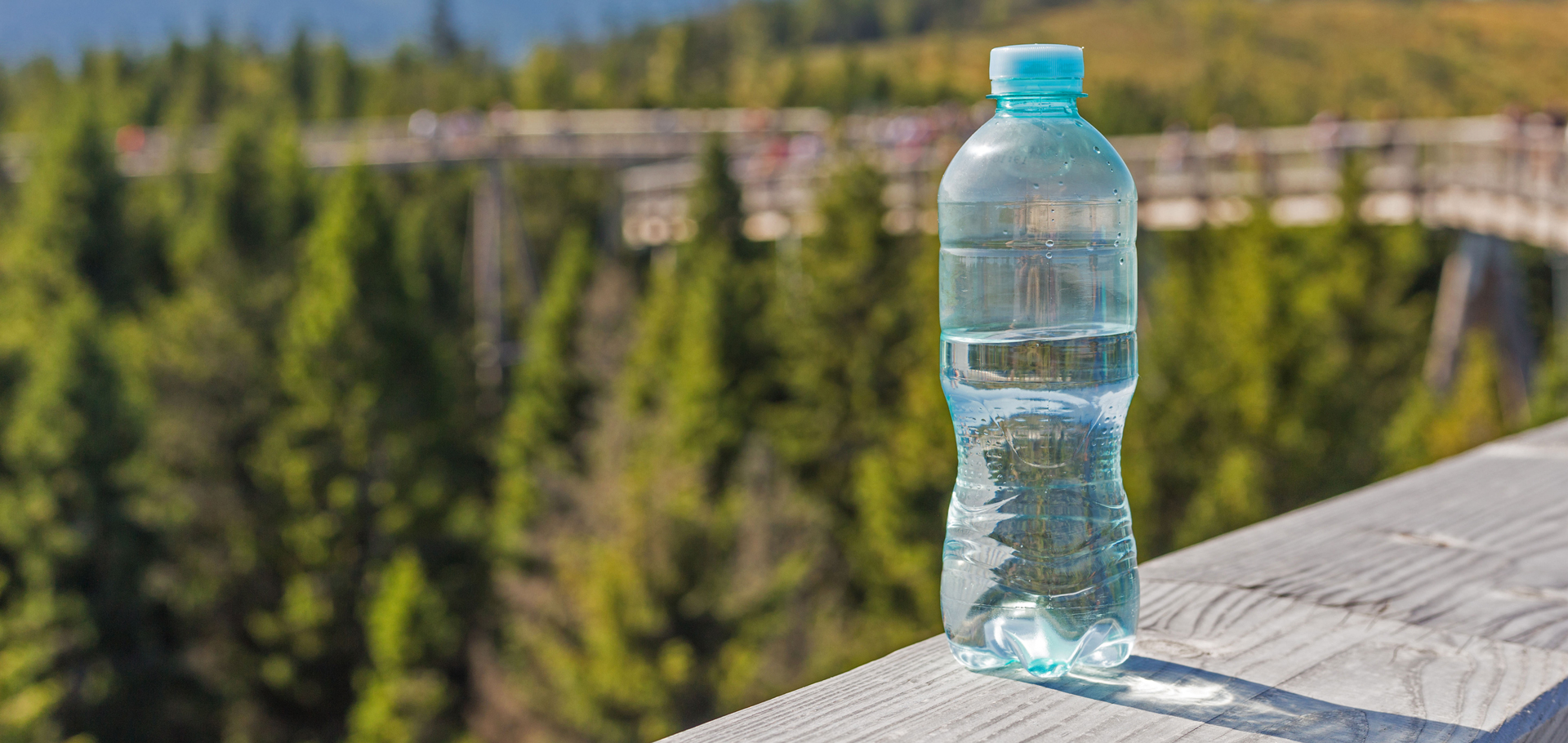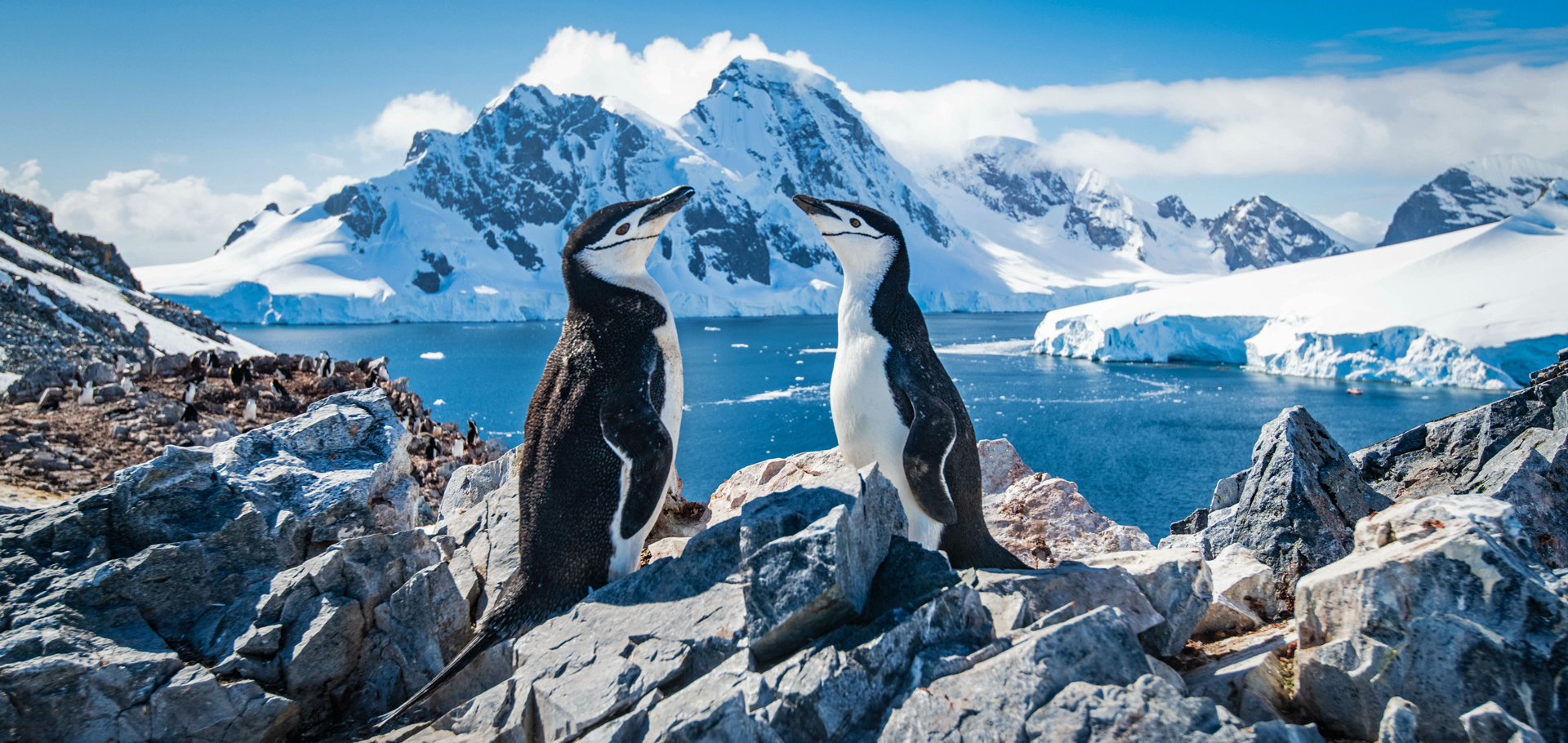
Plastics are durable and versatile, making them attractive for use in countless products, from clothing and electronics to food packaging and medical equipment. However, this widespread use has led to plastic waste accumulating in landfills and oceans, raising concerns about potential health risks.
Plastics. It’s almost become an emotionally charged word. Today—no matter how you feel about their use—plastics provide us with both benefits and significant drawbacks. The strengths of plastics include durability, low cost and versatility, which have enabled medical advancements and modern conveniences. However, their use has also led to a large carbon footprint from production, and health concerns from chemical leaching and severe environmental pollution. In fact, plastic pollution occurs in every ecosystem on the planet and lingers for decades. Resistance to biodegradation makes them very difficult to dispose of. However, we’re now learning that insects could be part of the solution.
Mealworms, the larval stage of the mealworm beetle, are known for their ability to adapt to various environmental conditions, making them a popular choice for those seeking an organic food source for animals such as birds, fish and reptiles. They can also eat plastics. And scientists have recently discovered that waxworm caterpillars can break down polyethylene (PE) plastic, one of the most common and persistent pollutants on Earth. These “plastivores” metabolize plastic into body fat within days, offering a striking potential solution to the global waste crisis.
A fungus living in the sea is aiding the plastivore brigade. It breaks down polyethylene plastic, providing that the plastic has first been exposed to UV (ultraviolet) radiation from sunlight. Many more plastic-degrading fungi could be residing in deeper parts of the ocean. There’s more good news: that broken down PET plastic waste in the ocean can now be transformed into BAETA, a material that captures CO2 with remarkable efficiency. That means that instead of ending up as microplastics in the environment, discarded bottles and textiles could become tools to combat climate change. The method is energy-friendly, scalable and potentially lucrative, offering industries both practicality and sustainability—that is, if they can get their hands on enough degraded plastics.

Could discarded water bottles become tools to combat climate change? Some scientists think so and are showing us exactly how to make them.
Getting that broken-down ocean plastic may just have become more viable. Swarms of microscale robots (microrobots) have shown that they can capture bits of plastic and bacteria from water. Afterward, the bots can be decontaminated and reused.
Bugs as boon companions
Some call mealworms “nature’s decomposers and scavengers” because they’re able to survive up to eight months without food or water, and they’re happy to eat their own kind when food is scarce.
For some time, it’s been known that insects can ingest and absorb pure, unrefined microplastics—but only under unrealistic, food-scarce situations. But in a study that was published in The Royal Society’s journal Biology Letters in December 2024, zoologists at the University of British Columbia (UBC) in Canada explain how they tested mealworms in a more realistic scenario, feeding them ground face masks—a common plastic product—mixed with bran for better taste. After 30 days, the UBC research team found that the mealworms ate about half the microplastics available, or about 150 particles per insect, and gained weight. They excreted a small fraction of the microplastics consumed, about four to six particles per milligram of waste, absorbing the rest. Eating these microplastics did not appear to affect the insects’ growth or survival.

Mealworms are not only tasty for birds, but they could prove to be good teachers for us. By studying their digestive mechanisms, we may learn how to break down microplastics and scale up the process to address the planet’s plastic pollution problem.
The scientists say that the next step will be to learn how the insects’ digestive mechanisms break down microplastics and then scale up the knowledge to address plastic pollution. Perhaps, they conclude, we can start viewing bugs as friends. We kill millions of insects every day with general pesticides—the very same insects that could teach us how to break down plastics and other chemicals.
Caterpillars as plastivores
Mealworms aren’t the only insects getting in on the plastic-eating diet. New research reveals how waxworms can metabolically reduce plastics in a matter of days—as opposed to decades—and store them internally as body fat.
In 2017, a groundbreaking study demonstrated that the caterpillars of the greater wax moth (Galleria mellonella), known as waxworms, can degrade polyethylene plastic. PE is the world’s most manufactured plastic, with more than 100 million tons of it produced globally each year. Polyethylene is chemically resilient; it can take decades or even hundreds of years to fully decompose.

“Galleria mellonella,” the greater wax moth or honeycomb moth, is a major pest for bee colonies. The adult moths lay eggs in beehives; and the larvae, known as waxworms, consume the beeswax, honey and pollen, which can destroy combs and cause the colony to leave.
While plastic degradation has been demonstrated by waxworms on a small scale, an ongoing research project is helping us to better understand the biological mechanisms at work, the impact of an all-plastic diet on the health of mealworms and their viability as a sustainable solution to plastic pollution.
In a paper presented at the Society for Experimental Biology Annual Conference in Antwerp, Belgium, on July 8, 2025, biologists at Brandon University in Manitoba, Canada, stated that about 2,000 waxworms can break down an entire polyethylene bag in as little as 24 hours, although co-supplementation with feeding stimulants, such as sugars, can considerably reduce the number of worms needed. Understanding the biological mechanisms and consequences on fitness associated with plastic biodegradation, say the scientists, is key to using waxworms for large-scale plastic remediation.
Using an array of techniques spanning animal physiology, genomics, material science and molecular biology, the relationship between waxworms and their bacterial microbiomes, their potential for large-scale plastic biodegradation, and possible impacts on waxworm health and survivability were studied. It was revealed that waxworms metabolically process plastics into lipids and store then as body fat. It’s like when we eat steak: if we consume too much saturated and unsaturated fat, it becomes stored in adipose tissues as lipid reserves, rather than being used as energy.

Waxworms burrow into honeycombs, severely damaging and weakening them. The caterpillars can also chew through plastic bags in just 24 hours, but it takes a toll on their health. Scientists are looking for ways to keep them alive while they turn plastic waste into useful items, such as fish food.
While waxworms will readily consume polyethylene, it ultimately ends in a quick death. The worms do not survive more than a few days on a plastics-only diet, and they lose considerable mass. However, the researchers say that they are optimistic that they can formulate a co-supplementation that not only restores the worms’ fitness to natural levels but exceeds them.
The Brandon University research team identified two ways in which waxworms could contribute solutions to the ongoing plastic pollution crisis: 1) waxworms could be mass reared on a co-supplemented polyethylene diet as part of a circular economy; and 2) the reengineering of the plastic biodegradation pathway outside the animal could be explored. As a bonus benefit, the mass production of waxworms would also generate a substantial surplus of insect biomass, which could represent an additional economic opportunity in aquaculture: they could become part of a nutrient-rich insect meal added to aquafeeds.
Fungus as fragmenters
In the ocean, large pieces of plastic can entangle or injure marine animals or be mistaken for food, leading to starvation. Breaking down plastic can remove this immediate threat, and the pieces can then be recycled and turned into new, durable products.

PE (polyethylene) is the most abundant of all plastics that have ended up in the ocean. It’s a long-lasting and multipurpose thermoplastic, with various grades—such as high-density (HDPE) and low-density (LDPE)—that have different properties ranging from the flexibility of plastic films to the rigidity of pipes.
The fungus Parengyodontium album lives with other marine microbes in thin layers on plastic litter in the ocean. Marine microbiologists from the Royal Netherlands Institute for Sea Research (NIOZ) recently discovered that this fungus can break down particles of PE plastic, the most abundant of all plastics that have ended up in the ocean. The finding allows the fungus to join a very short list of plastic-degrading marine fungi: only four species have been found to date.
The researchers searched for the plastic degrading microbes in the hot spots of plastic pollution in the North Pacific Ocean. From the plastic litter collected, they isolated the marine fungus by growing it in the laboratory on special plastics that contained “labeled carbon,” molecules modified with isotopes for scientific tracking. These 13C isotopes (a stable form of carbon that has six protons and seven neutrons in its nucleus) remain traceable in the food chain; like a tag that enables us to follow where the carbon goes.
What makes this research scientifically outstanding, claim the scientists, is that we can now quantify the degradation process. In the laboratory, the breakdown of PE by P. album occurs at a rate of about 0.05% per day. The measurements also showed that the fungus doesn’t use much of the carbon coming from the PE when breaking it down. Most of the PE that P. album uses is converted into carbon dioxide (CO2), which the fungus excretes again. Although CO2 is a greenhouse gas, this process is not something that might pose a new problem; the amount released by fungi is the same as the low amount humans release while breathing.

The main hot spot for plastic pollution in the North Pacific Ocean is the Great Pacific Garbage Patch, located in the North Pacific Gyre between California and Hawaii. There are other areas with elevated plastic concentrations, defined by ocean currents and gyres that cause plastic debris to accumulate.
Publishing their results in the scientific journal Science of the Total Environment in July 2024, the researchers say that the presence of sunlight is essential for the fungus to use PE as an energy source. In the lab, P. album only breaks down PE that has been exposed to UV light, at least for a short period of time. That means that in the ocean, the fungus can only degrade plastic that has been floating near the surface initially. It was already known that UV light mechanically breaks down plastic by itself, but these results show that UV light also facilitates the biological breakdown by marine fungi.
As larger amounts of different plastics sink into the ocean’s deeper layers before they are exposed to sunlight, P. album will not be able to break them all down. That’s why the NIOZ marine biologists expect that there are other, yet unknown fungi out there that are degrading plastics in the deeper parts of the ocean, as well.
Plastics as carbon consumers
Key global problems are often interconnected; and, typically, the solution to one problem creates another one. But what if we could solve several problems at the same time? Now, chemists at Denmark’s University of Copenhagen have developed a method to convert polyethylene terephthalate (PET) plastic waste into a climate solution for efficient and sustainable CO2 capture. In one fell swoop, they are addressing two of the world’s biggest challenges: plastic pollution and the climate emergency.

PET (polyethylene terephthalate) plastic is clear, lightweight and strong. It’s commonly used for bottles for beverages, food and mouthwash; packaging; polyester fibers for apparel and carpets; and fiberfill for jackets and sleeping bags. It is the most recycled plastic globally.
From plastic bottles to textiles to many other uses, PET plastic is one of the most widely used types of plastic in the world. But when it has served its purpose, PET plastic becomes a pressing global environmental issue. This is because it ends up in landfills, where it breaks down into polluting microplastics that spread to the air, groundwater and soil. A large portion also ends up in the oceans. With the new chemical technology method, however, researchers can transform PET plastic waste that is overlooked by recyclers into a new material called BAETA, which can absorb CO2 out of the atmosphere so efficiently that it easily compares with existing carbon-capture technologies.
The BAETA material has a powdery structure that can be pelletized, featuring a chemically enhanced surface that binds CO2 effectively. Once saturated, the material can release concentrated CO2 through heating, enabling storage or reuse. The researchers expect the first applications to be at industrial facilities, where BAETA units could filter emissions directly from smokestacks. Compared with existing capture technologies, the new method is gentler, operating at ambient temperatures and scalable for industrial production.
The chemical process behind the invention is explained in more detail in a research paper published in the journal Sciences Advances in September 2025:
1) The carbon in PET plastic makes up about 60% of its weight. PET plastic has an inherent chemical and physical ability to maintain its structure. This ability is enhanced by adding a quantity of ethylenediamine, a compound known for its ability to bind CO2.

The carbon in PET plastic makes up approximately 60% of its weight. That carbon is a key factor in PET plastic’s ability to maintain its form; the stability and strength of PET plastic are primarily due to the specific arrangement of carbon atoms within its polymer chains.
2) The process breaks down the plastic from a polymer to a monomer, giving the material a chemical composition that is very effective in pulling CO2 out of the air and binding it. The material is called BAETA.
3) In industrial plants, the idea is to transmit exhaust through BETA units, which will cleanse it of CO2. When the BAETA material is saturated, its efficiency decreases; however, CO2 can be released from the plastic through a heating process, restoring its efficiency.
4) The carbon released can then be stored underground or used in Power2X plants.

University of Copenhagen chemists have developed a method to convert PET plastic waste into a climate solution for efficient and sustainable CO2 capture. The CO2 released from PET plastic through a heating process can be stored underground or used in Power2X plants, such as this one in Denmark.
One of the most impressive things about this material, say the paper’s authors, is that it stays effective and flexible for a long time. It works efficiently from normal room temperature up to about 302 degrees Fahrenheit, making it very useful, especially in industrial chimneys, where the exhausts are typically hot. The potential for this material is not just in the lab but in real-life, industrial, carbon-capture plants. The next big step is scaling up to produce the material in tons, attracting investors and making the invention a financially sustainable business venture.
The University of Copenhagen chemists say that the highly decomposed PET plastic floating in the world’s oceans would be a valuable resource because it’s tailor-made for upcycling with their method. They hope that their invention can help to fundamentally change the way we see climate and environmental issues as separate problems.
Robots as cleanup crews
The size of microplastics, which measure 5 millimeters or less, adds another dimension to the plastic pollution problem because animals can eat them, potentially causing harm or passing the particles into the food chain that ends with humans. So far, the health effects for people are not fully understood. However, microplastics themselves aren’t the only concern. These pieces attract bacteria, including pathogens, which can also be ingested. To remove microbes and plastic from water simultaneously, chemists at the American Chemical Society (ACS) turned to microscale robotic systems, comprised of many small components that work collaboratively, mimicking natural swarms, such as schools of fish.

The size of microplastics, which measure 5 millimeters or less, adds another dimension to the plastic pollution problem because animals can eat them, potentially being harmed or passing the particles into the food chain that ends with humans.
To construct the robots, the ACS team linked strands of a positively charged polymer to magnetic microparticles, which only move when exposed to a magnetic field. The polymer strands, which radiate from the surface of the beads, attract both plastics and microbes. The finished products—the individual robots—measure 2.8 micrometers in diameter; and when exposed to a rotating magnetic field, they swarm together. By adjusting the number of robots that self-organize into flat clusters, the researchers found that they could alter the swarm’s movement and speed.
In lab experiments, the team replicated microplastics and bacteria in the environment by adding fluorescent polystyrene beads (one micrometer wide) and actively swimming Pseudomonas aeruginosa bacteria—which can cause pneumonia and other infections—to a water tank. Next, the researchers introduced microrobots to the tank and exposed them to a rotating magnetic field for 30 minutes, switching it on and off every 10 seconds. A robot concentration of 7.5 milligrams per milliliter, the densest of four concentrations tested, captured approximately 80% of the bacteria. Meanwhile, at this same concentration, the number of free plastic beads also gradually dropped, as they were drawn to the microrobots. Afterward, the researchers collected the robots with a permanent magnet and used ultrasound to detach the bacteria clinging to them. They then exposed the removed microbes to ultraviolet radiation, completing the disinfection. When reused, the decontaminated robots still picked up plastic and microbes, albeit smaller amounts of both. (Watch the video, below.)
This microrobotic system, write the chemists in the journal ACS Nano in May 2024, provides a promising approach for ridding water of plastic and bacteria.

Microplastics are found everywhere on Earth, from the deepest oceans and highest mountains to the air we breathe and the food we eat. Even in Antarctica, microplastics are present in marine and terrestrial environments, including in the atmosphere via freshly fallen snow and in wildlife, such as penguins.
Plastics as persistent—but not permanent—problems
Plastic production has doubled over the last 20 years and is on track to almost triple by 2060. Between 19 and 23 million metric tons of plastic waste leak into aquatic ecosystems every year. This escalating production and accumulation pose severe and irreversible threats to ecosystems and the health of humans and wildlife.
Unlike organic waste, most plastic does not biodegrade. It simply breaks down into smaller microplastic and nanoplastic particles that persist in the environment for centuries. These minuscule plastic particles have been found everywhere on Earth, from Arctic snow to remote tropical islands and from the deepest oceans to the atmosphere. They are so prevalent that they have become almost impossible to clean up.
Almost is an important word, here. Because if we give them a chance, waiting in the wings are some plastic-devouring partners and robot friends.
Here’s to finding your true places and natural habitats,
Candy






























